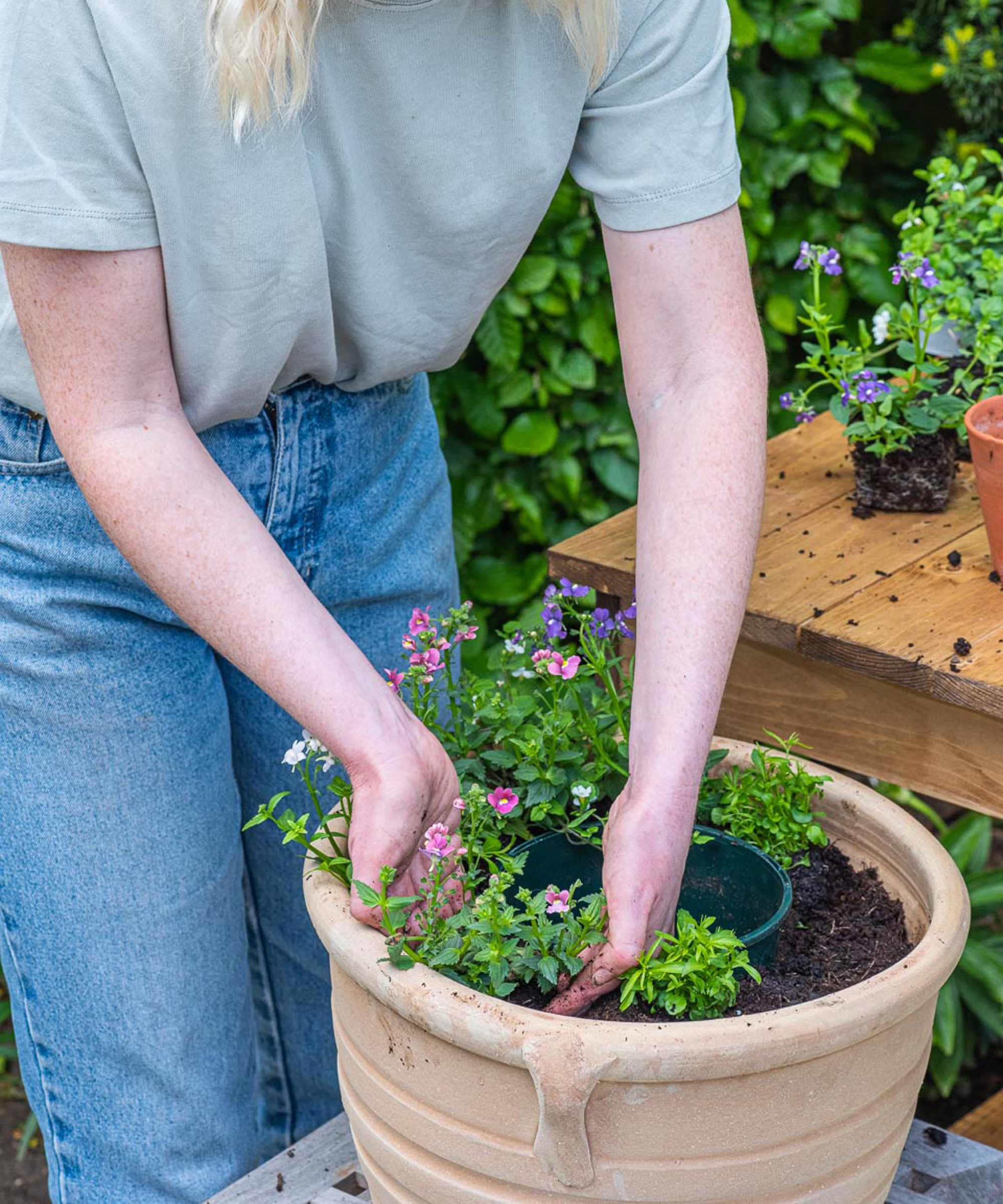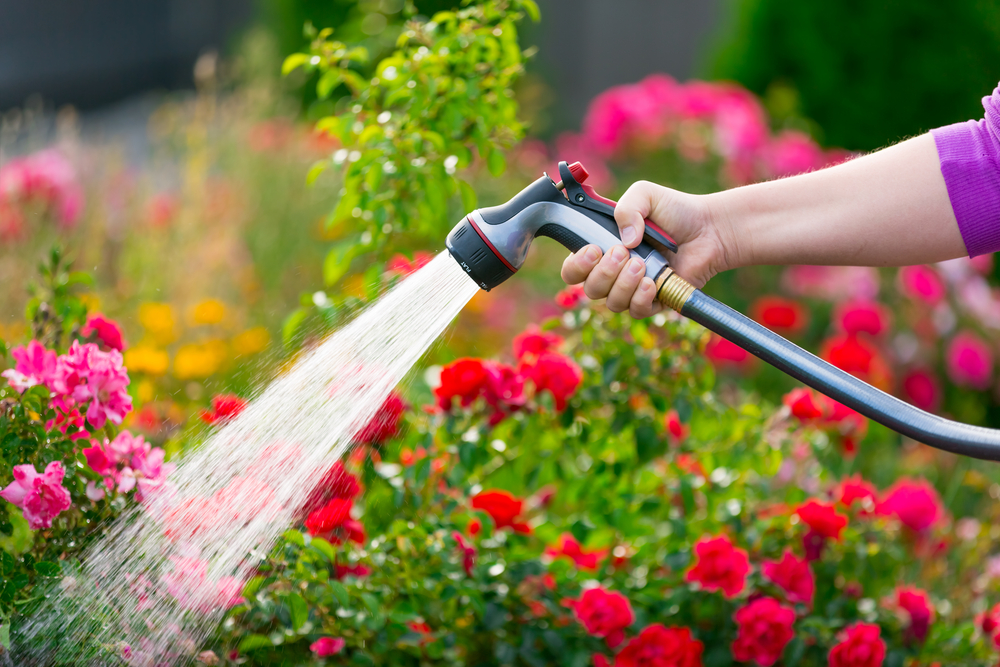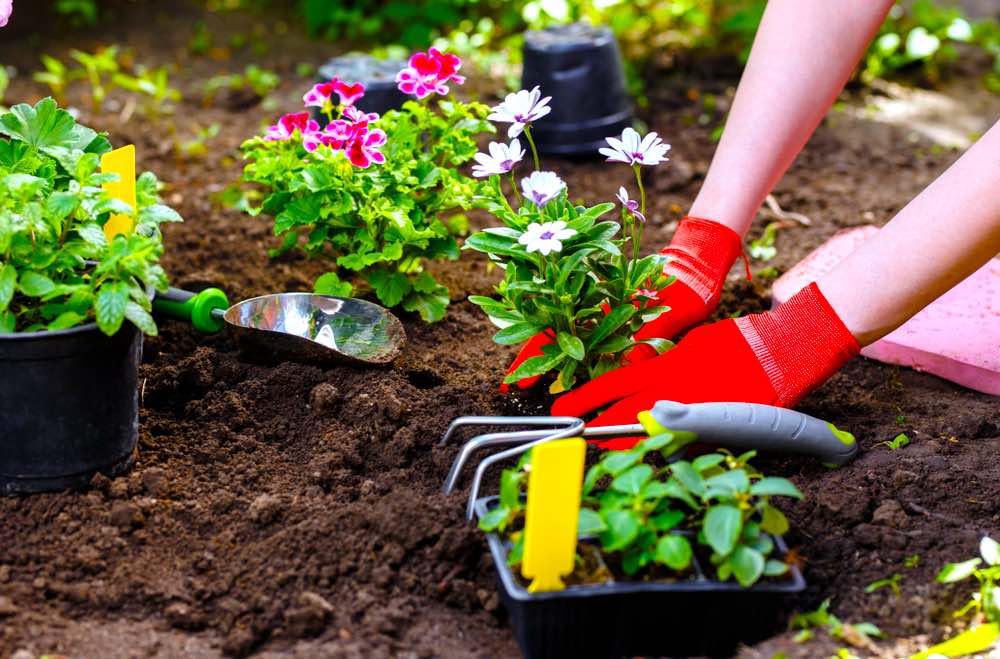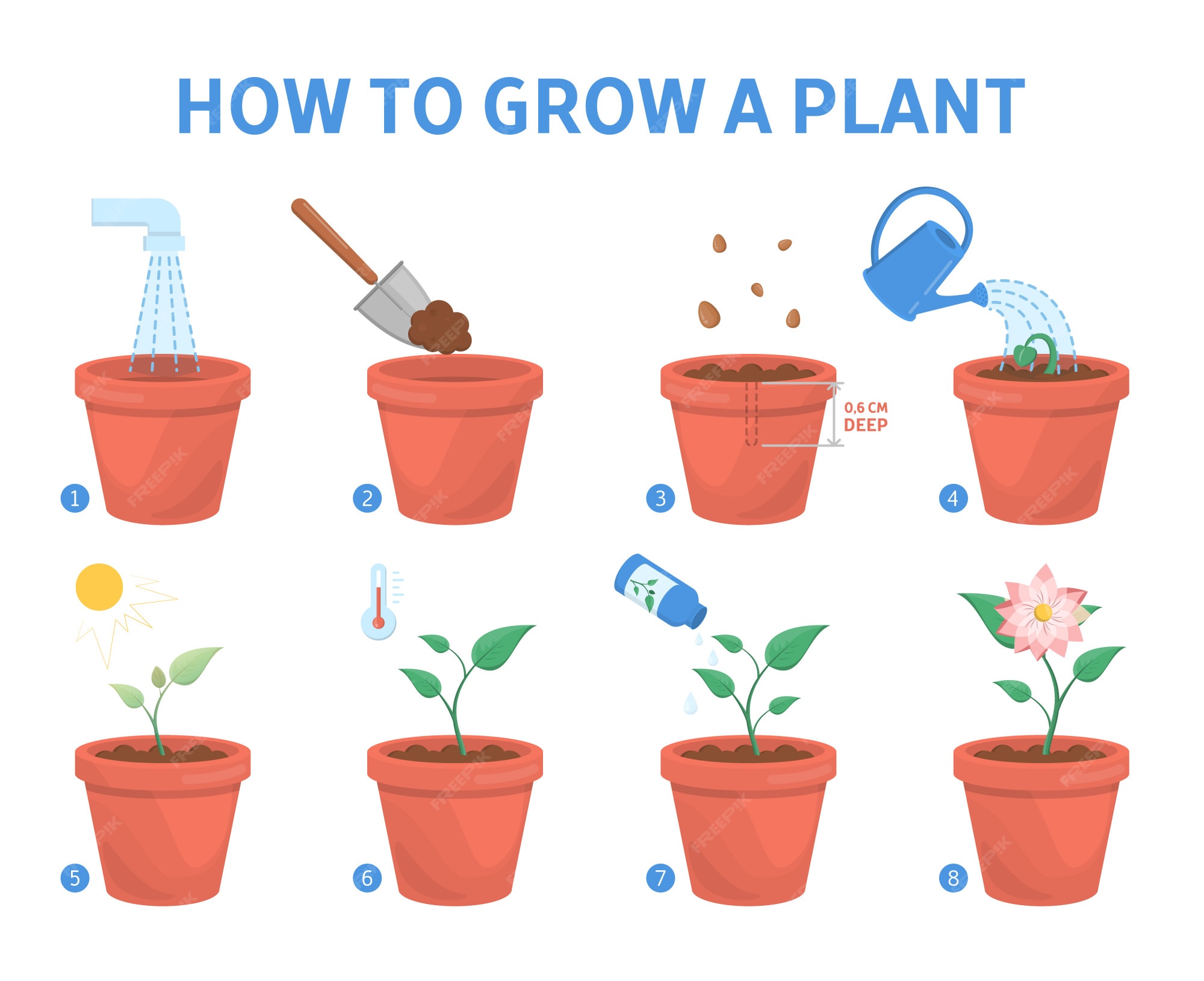Preparing the Perfect Soil Bed
When it comes to the steps of planting a flower, preparing the perfect soil bed is a crucial first step. The quality of the soil can make all the difference in the health and vitality of your flowers. Soil that is poorly prepared can lead to weak and struggling plants, while well-prepared soil can give your flowers the best possible start in life.
One of the most important aspects of soil preparation is testing the soil pH. This is a simple process that can be done at home with a DIY soil testing kit or by sending a sample to a lab for analysis. The ideal soil pH for most flowers is between 6.0 and 7.0, although some plants may prefer slightly acidic or alkaline conditions.
In addition to testing the soil pH, it’s also essential to remove any debris, such as rocks, twigs, and weeds, that can interfere with root growth. This can be done by loosening the soil with a garden fork or spade and then removing any debris by hand. Finally, adding organic matter, such as compost or well-rotted manure, can help improve the soil’s structure and fertility, giving your flowers the nutrients they need to thrive.
Selecting the Right Flower for Your Climate
When it comes to the steps of planting a flower, selecting the right flower for your climate is crucial for success. Different flowers thrive in different conditions, and choosing a flower that is not suited to your local climate can lead to disappointment and frustration. By researching and selecting the right flowers for your region, you can ensure that your flowers will thrive and provide beauty and enjoyment for years to come.
The first step in selecting the right flower is to determine your hardiness zone. This can be done by checking with your local nursery or extension office, or by using an online hardiness zone map. Once you know your hardiness zone, you can begin researching flowers that are suitable for your area.
Another important factor to consider is the amount of sunlight your garden receives. Some flowers require full sun, while others prefer partial shade. By understanding the sunlight requirements of different flowers, you can choose the right flowers for your garden’s conditions.
In addition to hardiness zone and sunlight, you should also consider the soil type and moisture levels in your garden. Some flowers prefer well-draining soil, while others thrive in moist conditions. By understanding the specific needs of different flowers, you can choose the right flowers for your garden’s conditions and ensure success in the steps of planting a flower.
How to Plant a Flower: A Step-by-Step Guide
Planting a flower can seem like a daunting task, but by following these simple steps, you can ensure that your flowers get off to a great start. In the steps of planting a flower, it’s essential to take your time and be gentle with the roots to avoid damaging them.
Step 1: Digging – Before you start planting, you need to prepare the soil. Use a garden fork or spade to loosen the soil to a depth of about 12 inches. If your soil is heavy clay or sandy, you may need to add organic matter such as compost or well-rotted manure to improve its structure.
Step 2: Planting – Once the soil is prepared, it’s time to plant your flower. Gently remove the flower from its pot, taking care not to disturb the roots. If the roots are wrapped in burlap, remove the burlap and any string or wire that may be holding it in place. Place the flower in the hole, making sure the soil level is the same as it was in the pot. Fill in the hole with soil, gently firming it around the roots as you go.
Step 3: Watering – Once the flower is planted, it’s essential to water it well. Water the soil gently but thoroughly, making sure not to wash away the soil. Watering will help settle the soil around the roots and provide the flower with the moisture it needs to establish itself.
By following these simple steps, you can ensure that your flowers get off to a great start. Remember to take your time, be gentle with the roots, and provide the right conditions for your flowers to thrive. With a little care and attention, you’ll be enjoying the fruits of your labor in no time.
The Art of Planting: Tips for Proper Flower Placement
When it comes to the steps of planting a flower, proper placement is crucial for creating a beautiful and thriving flower garden. By considering factors such as sunlight, air circulation, and visual appeal, you can create a stunning display of flowers that will bring joy and beauty to your outdoor space.
One of the most important considerations when planting flowers is sunlight. Different flowers require different amounts of sunlight, so it’s essential to research the specific needs of your flowers and plant them accordingly. For example, if you’re planting sun-loving flowers like roses or zinnias, make sure to place them in a spot that receives at least six hours of direct sunlight per day.
Air circulation is another important factor to consider when planting flowers. Good air circulation helps to prevent disease and promotes healthy growth, so make sure to leave enough space between each plant to allow for air to circulate freely. A general rule of thumb is to plant flowers at least 12-18 inches apart, depending on the mature size of the plant.
Visual appeal is also an important consideration when planting flowers. By choosing flowers in a variety of colors, textures, and shapes, you can create a visually appealing display that will add beauty and interest to your garden. Consider planting flowers in odd-numbered groups, such as three or five, to create a more visually appealing arrangement.
Finally, consider the mature size of your flowers when planting. Make sure to leave enough space for your flowers to grow and spread out, and avoid planting them too close to other plants or structures. By following these simple tips, you can create a beautiful and thriving flower garden that will bring joy and beauty to your outdoor space.
Watering and Caring for Your Newly Planted Flowers
After completing the steps of planting a flower, it’s essential to provide proper care and attention to ensure they thrive. Watering and caring for your newly planted flowers is crucial for their survival and growth. In this section, we’ll discuss the importance of proper watering, fertilization, and pruning to keep your flowers healthy and blooming.
Watering is one of the most critical aspects of caring for newly planted flowers. It’s essential to water them regularly, but not excessively. Overwatering can be detrimental to the health of your flowers, causing root rot and other problems. Check the soil daily, and water only when the top inch of soil feels dry to the touch. Water your flowers in the morning, so the plants have the entire day to absorb the water.
Fertilization is another crucial step in caring for your newly planted flowers. Fertilizers provide essential nutrients that promote healthy growth and blooming. Use a balanced fertilizer that contains equal amounts of nitrogen, phosphorus, and potassium. Apply the fertilizer according to the manufacturer’s instructions, usually once a month.
Pruning is an often-overlooked aspect of caring for newly planted flowers. Pruning helps to promote healthy growth, encourages blooming, and removes dead or diseased flowers. Use clean, sharp pruning shears to remove any dead or damaged flowers or foliage. Prune your flowers regularly to maintain their shape and promote healthy growth.
In addition to watering, fertilizing, and pruning, it’s essential to monitor your flowers for signs of pests or diseases. Keep an eye out for common pests like aphids, whiteflies, and spider mites, and treat your flowers promptly if you notice any infestations. Regularly inspect your flowers for signs of disease like yellowing leaves, black spots, or powdery mildew, and treat them accordingly.
By following these simple tips, you can ensure your newly planted flowers receive the care they need to thrive. Remember to water carefully, fertilize regularly, prune judiciously, and monitor for pests and diseases. With proper care, your flowers will bloom beautifully and bring joy and beauty to your outdoor space.
Common Mistakes to Avoid When Planting Flowers
When it comes to the steps of planting a flower, it’s easy to make mistakes that can hinder the growth and health of your flowers. By being aware of these common mistakes, you can take steps to avoid them and ensure your flowers thrive. In this section, we’ll identify some of the most common mistakes people make when planting flowers and provide guidance on how to avoid them.
One of the most critical mistakes to avoid is not preparing the soil properly. Soil preparation is essential for providing your flowers with the necessary nutrients and support for growth. Make sure to test your soil pH, remove any debris, and add organic matter to create a nutrient-rich soil bed.
Planting too deeply is another common mistake that can be detrimental to the health of your flowers. When planting, make sure to follow the instructions on the seed packet or plant label, and plant the flower at the correct depth. Planting too deeply can cause the roots to rot, leading to poor growth and disease.
Not providing enough sunlight is another mistake that can hinder the growth of your flowers. Most flowers require at least six hours of direct sunlight per day, so make sure to choose a location that receives sufficient sunlight. If you’re planting in a shaded area, choose flowers that are tolerant of shade, such as impatiens or coleus.
Overwatering is a common mistake that can be deadly to your flowers. Make sure to check the soil daily, and only water when the top inch of soil feels dry to the touch. Overwatering can cause root rot, leading to poor growth and disease.
Not spacing flowers correctly is another mistake that can lead to poor growth and disease. Make sure to leave enough space between each flower to allow for air circulation and growth. A general rule of thumb is to plant flowers at least 12-18 inches apart, depending on the mature size of the plant.
By being aware of these common mistakes, you can take steps to avoid them and ensure your flowers thrive. Remember to prepare the soil properly, plant at the correct depth, provide sufficient sunlight, avoid overwatering, and space flowers correctly. With these tips, you’ll be well on your way to creating a beautiful and thriving flower garden.
Creating a Beautiful Flower Arrangement
Once you’ve mastered the steps of planting a flower, it’s time to think about creating a beautiful flower arrangement that showcases your blooms. A well-designed flower arrangement can add color, texture, and visual interest to any room or outdoor space. In this section, we’ll provide guidance on how to create a stunning flower arrangement that will impress friends and family.
The first step in creating a beautiful flower arrangement is to choose a theme or color scheme. Consider the occasion, the season, and the style of your home or garden when selecting your flowers. For a cohesive look, choose flowers in complementary colors, such as blue and yellow, or red and orange.
Next, consider the texture and shape of your flowers. Mixing different textures, such as velvety roses and wispy ferns, adds depth and interest to your arrangement. Choose flowers in varying shapes, such as round sunflowers and linear calla lilies, to create a visually appealing arrangement.
When selecting flowers, consider their meaning and symbolism. For example, roses symbolize love and romance, while sunflowers represent warmth and happiness. Choose flowers that reflect the occasion or message you want to convey.
Once you’ve chosen your flowers, it’s time to arrange them. Start with a base of greenery, such as ferns or baby’s breath, to add texture and depth. Then, add your flowers, working from the center of the arrangement outwards. Experiment with different heights and angles to create a dynamic, visually appealing arrangement.
Finally, consider the container or vase you’ll use to display your arrangement. Choose a vase that complements the colors and textures of your flowers, and adds to the overall aesthetic of your arrangement. For a more rustic look, consider using a wooden or terra cotta vase, while a sleek, modern vase will add a touch of sophistication.
By following these tips, you can create a beautiful flower arrangement that showcases your blooms and adds a touch of elegance to any room or outdoor space. Remember to choose flowers in complementary colors, consider texture and shape, select flowers with meaning and symbolism, arrange them with care, and display them in a beautiful vase.
Enjoying the Fruits of Your Labor: Maintaining Your Flower Garden
After following the steps of planting a flower, it’s essential to maintain your flower garden to ensure it remains healthy and thriving. Proper maintenance not only enhances the beauty of your garden but also promotes the growth and longevity of your flowers. In this section, we’ll provide valuable tips on how to maintain your flower garden, including deadheading, mulching, and pest control.
Deadheading is a crucial step in maintaining your flower garden. This process involves removing spent blooms to encourage your flowers to produce more blooms and prevent seed production. Regular deadheading also helps to maintain the appearance of your garden, keeping it looking neat and tidy.
Mulching is another essential aspect of flower garden maintenance. Mulch helps to retain moisture, suppress weeds, and regulate soil temperature. Organic mulches like bark chips, straw, or grass clippings are ideal for flower gardens. Apply a 2-3 inch layer of mulch around your plants, keeping it a few inches away from the base of the stems.
Pest control is a vital aspect of flower garden maintenance. Common pests like aphids, whiteflies, and slugs can cause significant damage to your flowers. Use organic pest control methods like neem oil, insecticidal soap, or hand-picking to control pest populations. Regularly inspect your plants for signs of pests and take action promptly to prevent infestations.
Fertilizing your flowers is also crucial for their growth and development. Use a balanced fertilizer that provides equal amounts of nitrogen, phosphorus, and potassium. Apply fertilizer according to the manufacturer’s instructions, taking care not to overfertilize, which can damage your plants.
Finally, keep your flower garden well-watered, but avoid overwatering, which can lead to root rot and other problems. Check the soil daily, and water only when the top inch of soil feels dry to the touch.
By following these simple maintenance tips, you can enjoy a thriving and beautiful flower garden that brings joy and beauty to your outdoor space. Remember to deadhead regularly, mulch around your plants, control pests, fertilize, and water wisely to keep your flowers healthy and happy.







